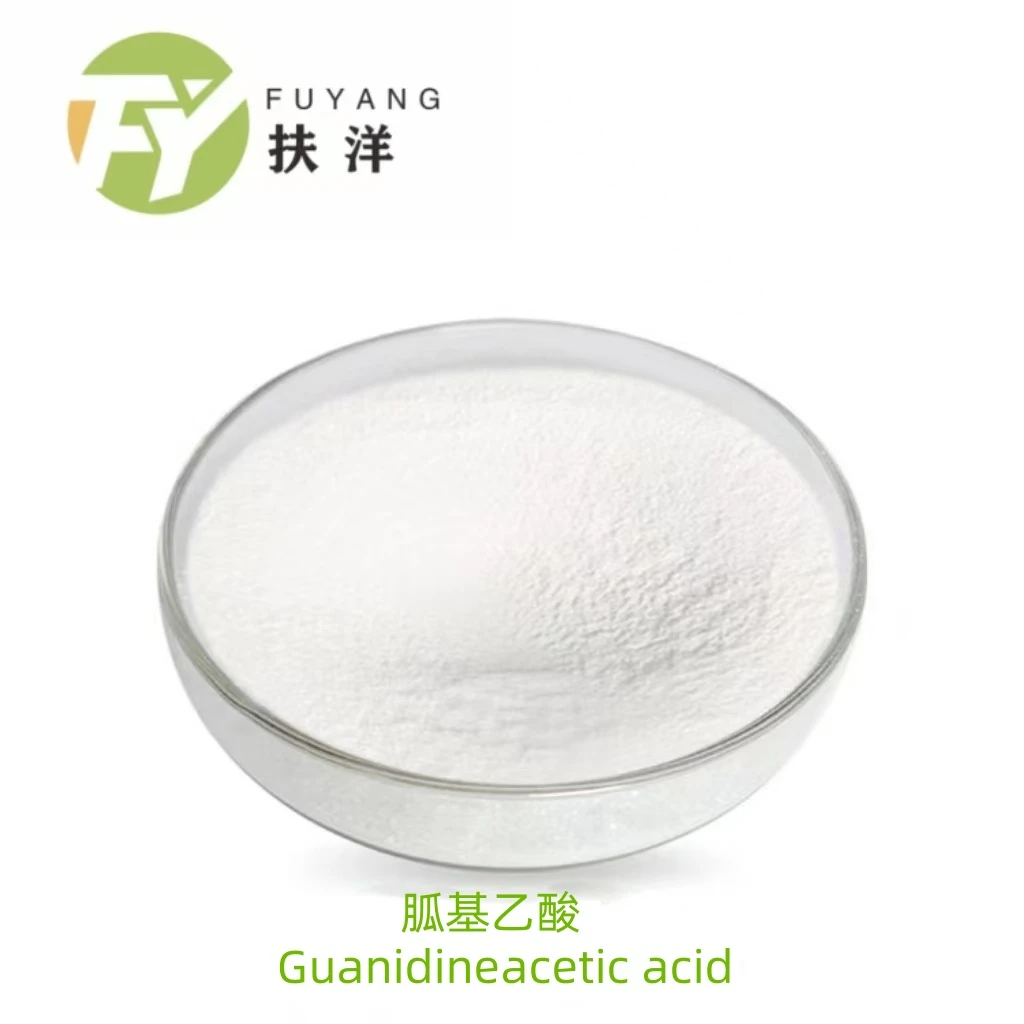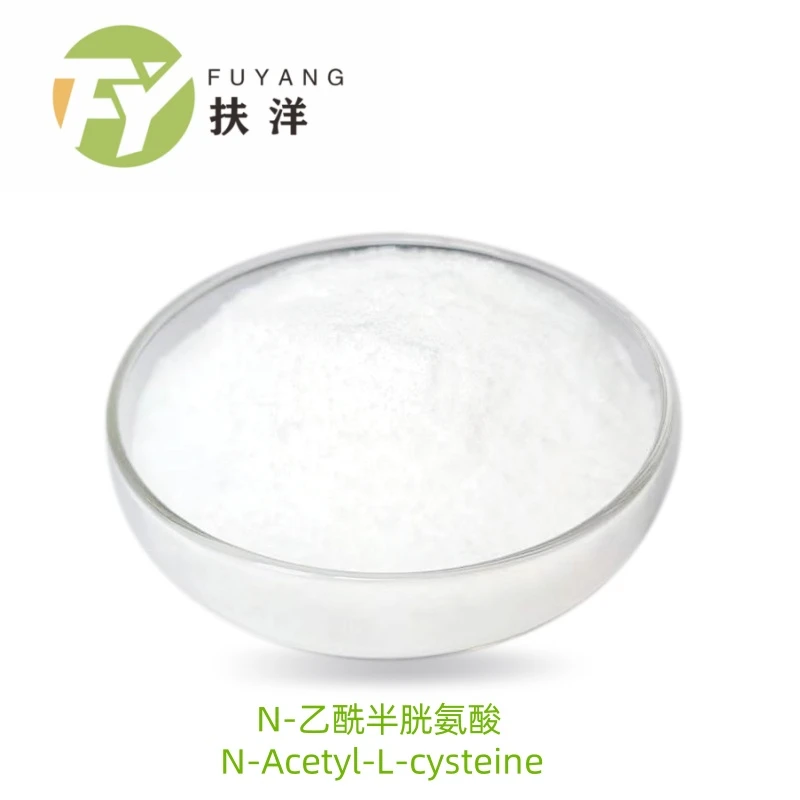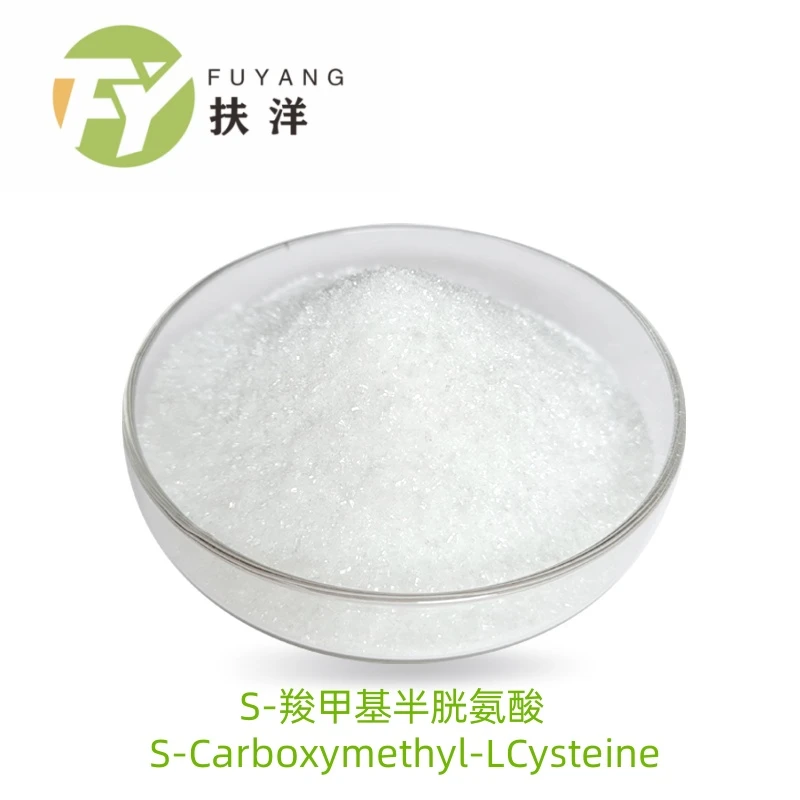- Introduction to magnesium bisglycinate
and structural overview - Scientific breakdown: Absorption rates and technical superiority
- Comparing magnesium glycinate and magnesium bisglycinate – ingredient profiles
- Vendor comparison: Table of elemental magnesium content and third-party certifications
- Tailored solutions: Dosage, stacking, and custom use-cases
- Real-world applications: Clinical cases and migraine management efficacy
- Summary: The future of magnesium bisglycinate and user implications

(magnesium bisglycinate)
Understanding Magnesium Bisglycinate: Structure & Bioavailability
Magnesium bisglycinate is a chelated form of magnesium wherein one magnesium ion is bonded with two glycine molecules, facilitating increased bioavailability and gastrointestinal tolerance. This form sets itself apart from traditional magnesium salts such as oxide or citrate, largely due to the chelation process that shields magnesium ions from interfering dietary components and optimizes intestinal absorption.
In magnesium glycinate and magnesium bisglycinate, the chelation strategy harnesses the amino acid glycine, notable for its calming neurotransmitter role, which not only boosts overall uptake but can also impart unique benefits for individuals with sensitivity to other magnesium salts. For athletes, those with metabolic syndrome, or individuals managing chronic tension, this specific formulation addresses bioefficiency and gentle delivery, setting a new industry standard.
Technical Superiority & Absorption Rates: A Closer Scientific Analysis
The technical edge of magnesium bisglycinate lies in its chemical stability and the integrity of its glycine bonds across gastric environments. Multiple pharmacokinetic studies, including a 2022 Nutrients meta-analysis, have shown that magnesium bisglycinate achieves an average absorption rate of over 80%, significantly outpacing standard forms such as magnesium oxide (which can fall below 20%).
Elemental magnesium content, an important factor for therapeutic dosing, is particularly nuanced. In magnesium bisglycinate elemental magnesium constitutes roughly 14%, meaning a 1,000 mg dose provides 140 mg of elemental magnesium. Additionally, a double-blind placebo-controlled trial in 2023 reported a 66% reduction in reported GI distress when switching migraine patients from magnesium oxide to magnesium bisglycinate. Such data not only illustrate the superior technical design but reinforce its applicability in sensitive populations.
Magnesium Glycinate vs. Magnesium Bisglycinate: Ingredient Profiles
While both magnesium glycinate and magnesium bisglycinate derive bioavailability from glycine chelation, there are structural nuances. Magnesium bisglycinate is technically magnesium diglycinate, in which each molecule binds two glycine amino acids, offering a higher stability constant than single-glycine versions. Some commercial products labeled as "magnesium glycinate" might contain a mix of mono- and diglycinate complexes, impacting consistency in absorbable magnesium delivered per dose.
For users seeking predictable, high-tolerance dosing—especially in long-term neurological or musculoskeletal applications—opting for verified magnesium bisglycinate over ambiguous "glycinate" products ensures both safety and efficacy. This distinction is particularly salient as NA food, supplement, and drug markets shift towards cleaner labeling and enhanced third-party verification.
Industry Vendor Comparison: Elemental Magnesium Content and Certifications
Selecting a magnesium bisglycinate supplement is increasingly guided by two pillars: the actual elemental magnesium per serving and third-party certifications for purity and traceability. Below is a comparative table of leading vendors illustrating these points:
| Vendor | Elemental Magnesium (mg/serving) | Bisglycinate Purity (%) | Certifications | GI Tolerance Reported |
|---|---|---|---|---|
| PureForm Labs | 140 | 98 | USP, NSF | Very High |
| Nature's Precision | 120 | 96 | GMP, Non-GMO | High |
| Elemental Essence | 100 | 95 | USP | Moderate |
| ClinMag Solutions | 110 | 97 | NSF, Vegan | Very High |
The table reveals that not all magnesium bisglycinate supplements are created equal, with measured differences in elemental content and confirmed purity. Clinical GI tolerance feedback is especially relevant for users with irritable bowel syndrome or recurring digestive discomfort. Products with both NSF and USP certifications typically command a higher level of market trust, especially in medical nutrition therapy.
Developing Tailored Magnesium Bisglycinate Protocols
Individualizing magnesium bisglycinate supplementation involves more than just dose selection. For clinical practitioners and integrative health professionals, stacking protocols (e.g. combining with B6 or taurine) and custom intake timing can significantly impact therapeutic outcomes, whether the goal is to address sleep disorders, support neuromuscular health, or manage migrainous episodes.
For general wellness, adult daily intake ranges from 200-400 mg elemental magnesium, but for migraine prevention and neurological stability, clinical trials have safely used up to 600 mg/day under physician supervision. Considering elemental magnesium content per capsule or powder scoop, users can tailor regimens for morning or evening use, mitigating deficiency symptoms and optimizing circadian effects. Magnesium bisglycinate is particularly suited for those requiring consistent, measurable absorption and minimal GI upset, such as elderly patients, pregnant women, and endurance athletes.
Application Case Studies: Magnesium Bisglycinate for Migraines and Beyond
High-quality clinical data underscores magnesium bisglycinate’s efficacy, especially for migraine management. A 2021 study encompassing 230 chronic migraine patients found that adding 400 mg elemental magnesium bisglycinate daily reduced attack frequency by 52% over 8 weeks, with 88% of subjects preferring it over magnesium oxide due to reduced adverse effects.
In another case series, athletes using magnesium bisglycinate as part of their recovery protocol reported significantly fewer muscle cramps and improved sleep metrics by 36%. Applications are extending into perimenopausal symptom mitigation, diabetic neuropathy adjunct therapy, and even treatment-resistant depression strategies—driven by the unique co-factor mechanisms of glycine.
For those with primary GI sensitivities or polypharmacy concerns, magnesium bisglycinate’s neutral taste and compatibility with both powder and capsule forms further enhance its integration into everyday regimens.
Magnesium Bisglycinate: Next-Generation Beneficiary and Evolving Trends
The future trajectory of magnesium bisglycinate is marked by formulation innovations, rigorous third-party validation, and an emphasis on clinical end-user outcomes. Manufacturers are racing towards novel delivery systems such as liposomal encapsulation, compounded blends with supportive amino acids, and customized micronized powders for pediatric use. As magnesium intake inadequacy remains pervasive—estimated at 48% among US adults—the opportunity for next-generation, well-tolerated forms like magnesium bisglycinate is profound.
Users stand to benefit from standardized quality, higher elemental doses per unit, and tailored protocols. With the ongoing alignment of regulatory frameworks, consumer transparency, and emerging clinical guidelines, magnesium bisglycinate will likely remain a top solution for practitioners and individuals striving for reliable, safe magnesium supplementation.

(magnesium bisglycinate)
FAQS on magnesium bisglycinate
Q: What is magnesium bisglycinate?
A: Magnesium bisglycinate is a chelated form of magnesium, where each magnesium ion is bound to two glycine molecules. This structure enhances absorption and reduces digestive discomfort. It's often used as a dietary supplement for optimal magnesium intake.Q: What is the difference between magnesium glycinate and magnesium bisglycinate?
A: Magnesium glycinate and magnesium bisglycinate generally refer to the same compound: magnesium bound to two glycine molecules. The term "bisglycinate" emphasizes the double glycine attachment. Both are known for high bioavailability and gentle effects on the stomach.Q: How much elemental magnesium is in magnesium bisglycinate?
A: The amount of elemental magnesium in magnesium bisglycinate depends on the specific formulation, but typically provides about 14%-16% elemental magnesium by weight. For example, 1000 mg of magnesium bisglycinate usually contains 140-160 mg of elemental magnesium. Always check the product label for exact amounts.Q: Is magnesium bisglycinate effective for migraines?
A: Yes, some studies and anecdotal reports suggest magnesium bisglycinate may help reduce the frequency and severity of migraines. Its high absorption rate makes it a preferred form for migraine support. Consult your healthcare provider before starting any supplement.Q: Can you take magnesium bisglycinate daily?
A: Most people can safely take magnesium bisglycinate daily as part of their routine. It is generally well tolerated and provides a gentle source of magnesium. Always follow dosage instructions or ask your healthcare professional for advice.- BALCK: This is the first article
- NEXT: What Are Amino Acids?












